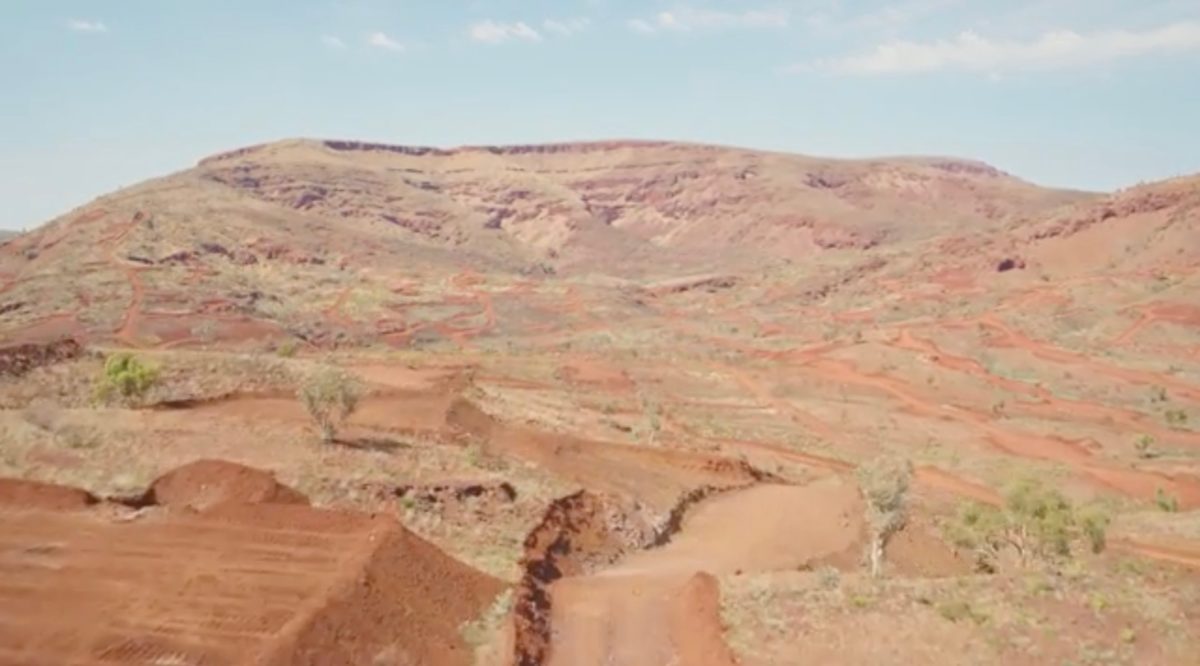It’s a bit like boasting of being the thinnest kid at fat camp, but nevertheless, mining leviathan Rio Tinto has furthered its claims to be the most climate aware of the world’s mining companies with the announcement of over $1 billion in investment toward its climate change targets.
In addition to Rio Tinto’s 2050 net zero emissions from operations target, the company has announced new targets for 2030:
- A further 30% reduction in Rio Tinto’s emissions intensity from 2018 levels
- A further 15% reduction in Rio Tinto’s absolute emissions from 2018 levels
The achievement of these goals would mean that between now and 2030 Rio Tinto’s growth would be carbon neutral.
Rio Tinto chief executive Jean-Sebastien Jacques noted that Climate Change is a global challenge and we need a globally holistic response, it “will require action across nations, across industries and by society at large,” said Jacques, but noted that even with new technologies, partnerships and effective government policy, there is no clear pathway for the world to get to net zero emissions by 2050.
“The ambition is clear by the pathway is not and the challenge for the world, and for the resources industry, is to continue the focus on poverty reduction and wealth creation, while delivering on climate action,” said Jacques. “This will require complex trade-offs which means we all need to face up to some challenging decisions and have an honest conversation.”
Toward this end, Rio Tinto is looking to act on the recommendations of its Task Force on second climate report, released last week. Firstly, the production of materials essential for a low carbon future, such as aluminium used in electric vehicles (EVs) and copper used to build wind turbines.
Secondly, the reduction in the company’s carbon footprint, take the recent announcement of a $100 million investment in a new solar plant at its Koodaideri mine in the Pilbara. Thirdly, an effort to reduce the carbon footprint across the value chain. Such as the effort to reduce the significant footprint of aluminum production by coordinating with smelters in Australia and New Zealand, along with casthouses in Canada, to produce aluminum sustainably with predominantly hydro-powered electricity. And lastly, the need to enhance resilience to physical climate risks.
Rio Tinto joins fellow mining giant BHP who announced its Climate Investment Program last year. The program commits US$400 million over the next five years to develop emissions reduction technologies.
This content is protected by copyright and may not be reused. If you want to cooperate with us and would like to reuse some of our content, please contact: editors@pv-magazine.com.









By submitting this form you agree to pv magazine using your data for the purposes of publishing your comment.
Your personal data will only be disclosed or otherwise transmitted to third parties for the purposes of spam filtering or if this is necessary for technical maintenance of the website. Any other transfer to third parties will not take place unless this is justified on the basis of applicable data protection regulations or if pv magazine is legally obliged to do so.
You may revoke this consent at any time with effect for the future, in which case your personal data will be deleted immediately. Otherwise, your data will be deleted if pv magazine has processed your request or the purpose of data storage is fulfilled.
Further information on data privacy can be found in our Data Protection Policy.